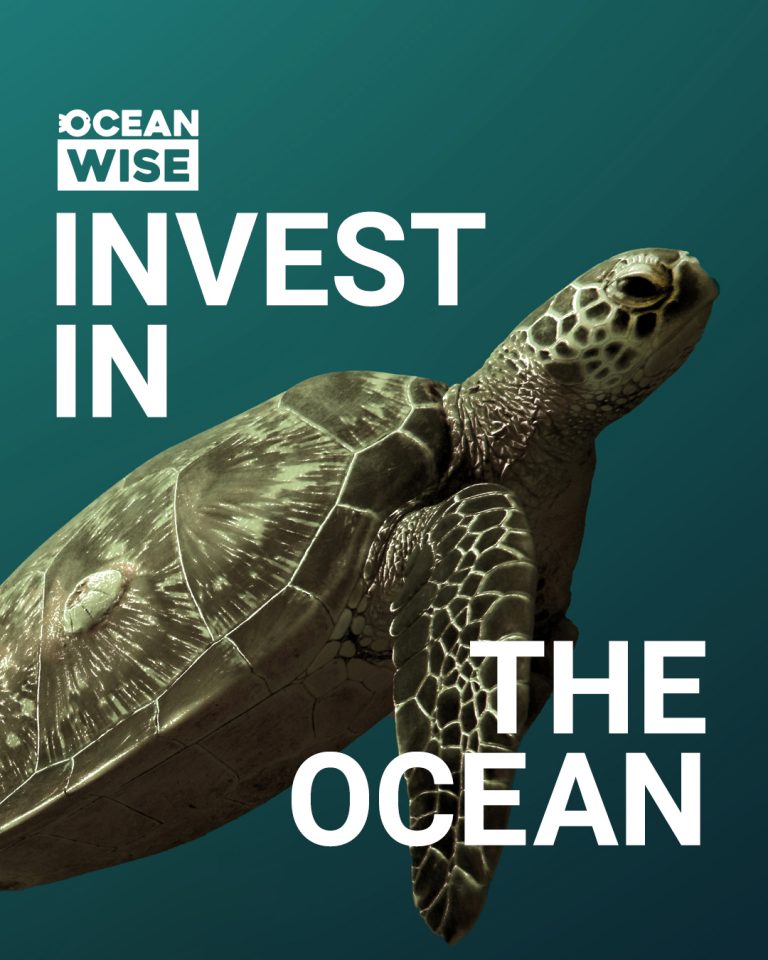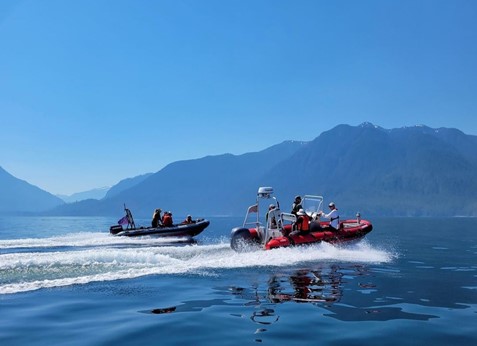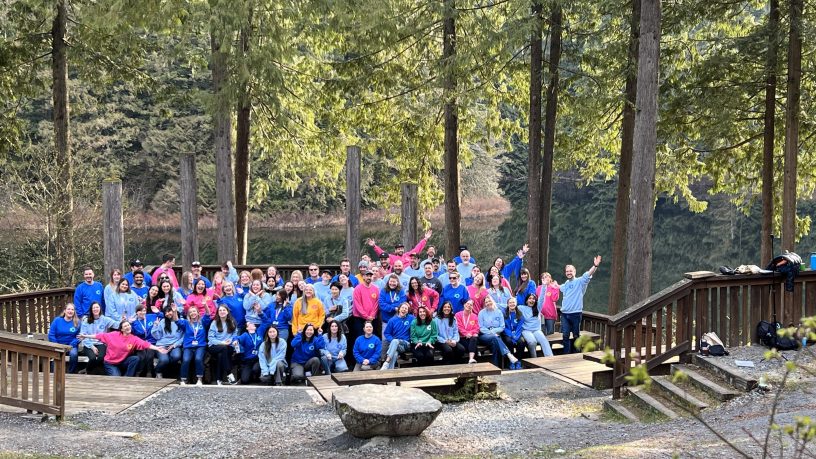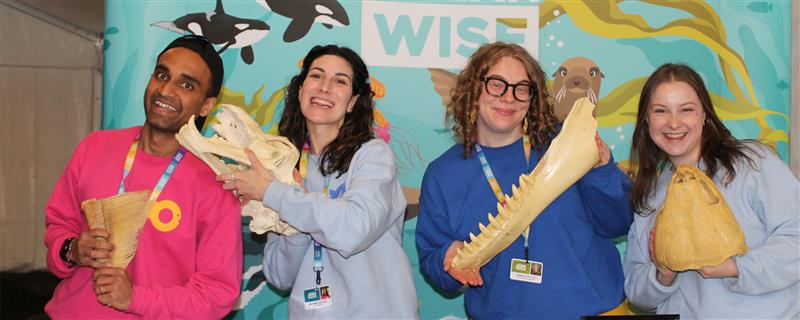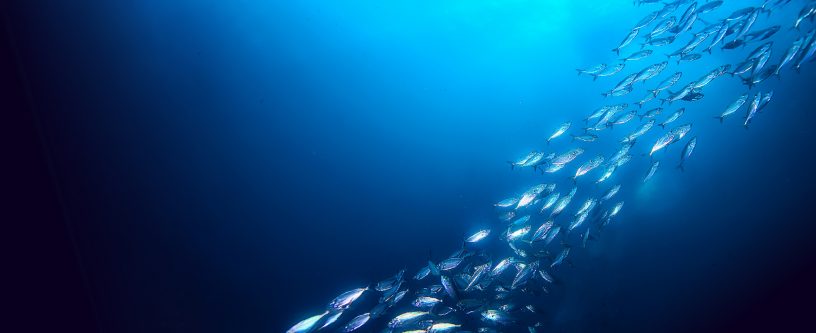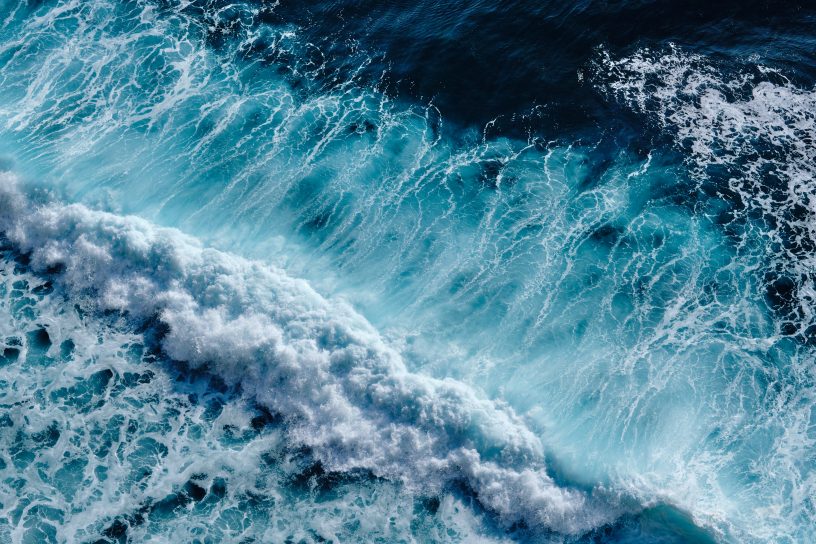
Innovative Seafood Farming: The RAS Perspective
As you are reading this, over half the seafood we eat globally is coming from farmed sources. As the fastest growing food producing sector globally, aquaculture is a key contributor to food security and provides jobs for millions. Yet despite its importance, aquaculture continues to be marred in controversy relating to the sustainability performance of these food producing systems. While some farming techniques do perform poorly by our own environmental standards here at Ocean Wise Seafood and warrant some serious concern, there are many sustainable ways to farm the seafood we need to feed ourselves. Like any other food source, aquaculture production inevitably involves trade-offs. What we are looking for are those systems which minimize those trade-offs with natural ecosystems and species to produce seafood, thereby reducing our environmental impacts.

Recirculating aquaculture systems, known as ‘RAS’ systems, have emerged as an innovative and efficient way to farm large quantities of seafood consistently virtually anywhere. These land-based systems are an intensive aquaculture method that re-conditions water as it circulates through the system and replaces no more than 10% of the total water volume of the system daily. It operates much like the fish tank you may have in your own home, only on a much larger scale. What makes these systems more sustainable, and Ocean Wise recommended, is mostly to do with how they manage the potential risks to wild ecosystems and species.
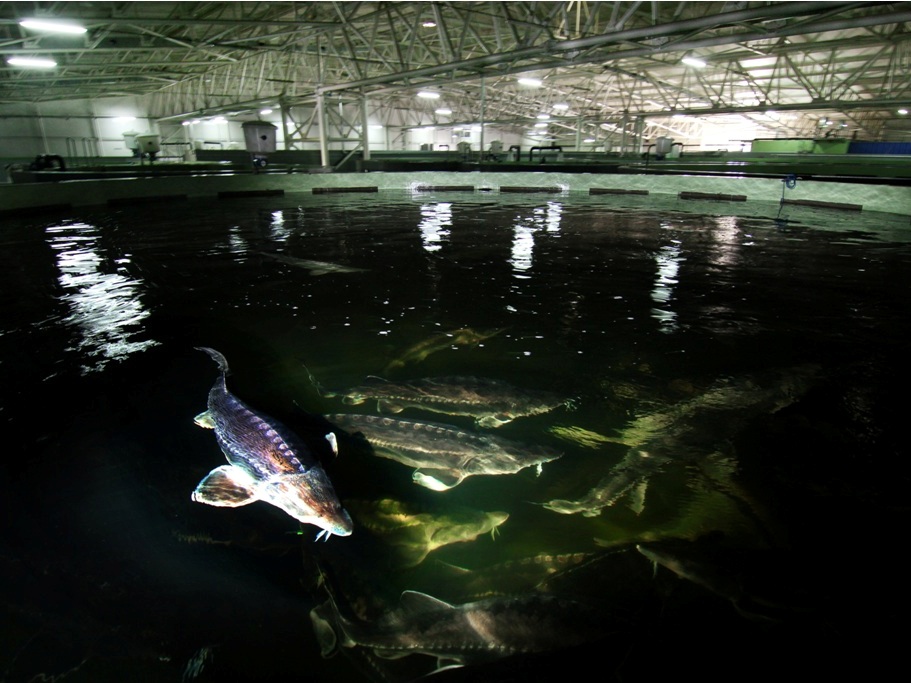
The inherent design of RAS physically isolates them from the surrounding environment, greatly reducing the risk of introducing diseases, pathogens, harmful chemicals and effluent to sensitive habitats. Furthermore, RAS facilities are generally either built in re-purposed existing structures (e.g. warehouses, greenhouses) or are newly built on already converted land (as opposed to converting mangrove forests into shrimp ponds, for example) and so the expansion of this industry hasn’t resulted in further habitat loss or ecosystem function loss. These systems can be used to farm both freshwater and saltwater species across a range of temperatures, from tropical to cold water. Species like shrimp, salmon, halibut, Arctic char, trout, bass, catfish, sturgeon, turbot and perch, to name a few, are all produced at commercial scales in RAS.
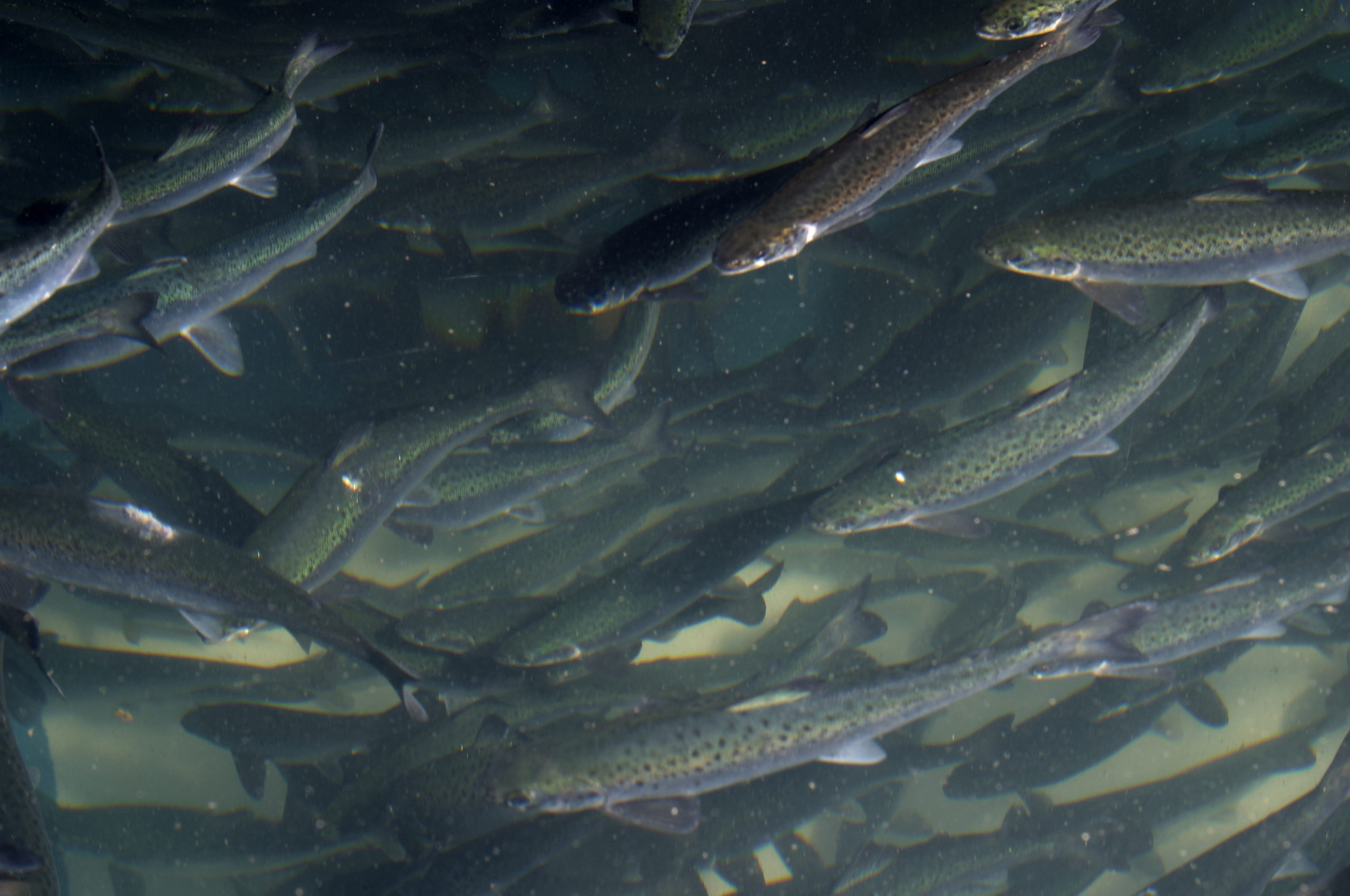
But we did mention that all food production systems have trade-offs, and RAS is no exception. One of the key sustainability challenges of RAS is that it takes a lot of energy to grow seafood indoors. Depending on where that energy is coming from, there may been significant implications regarding emissions. Additionally, many of the species farmed in RAS are carnivorous fish which need to be fed wild fish, so the same sustainability challenges that exist for feed in other systems persist in RAS. About 16 of the 29 million tonnes of forage fish caught annually (herring, sardines, anchovies, etc.) are used for aquaculture rather than direct human consumption, and as aquaculture continues to grow, there’s a real chance globally many of these forage species will become overexploited.
Ocean Wise Seafood is proud to support innovative partners who are working hard to produce seafood in more sustainably. Across our many valued partners we work with an incredible variety of businesses farming all manner of species in RAS. Check out a few of our North American partners below.
Cape d’Or Sustainable Seafoods
This blog was written by Claire Dawson, Senior Science Lead, Ocean Wise Seafood
Sources
FAO. 2018. The State of World Fisheries and Aquaculture 2018 – Meeting the sustainable development goals. Rome. Licence: CC BY-NC-SA 3.0 IGO.
Seafood Watch. 2020. Global recirculating aquaculture systems (indoor, tank-based) operating as grow-out facilities. All species. Accessed May 22 at https://www.seafoodwatch.org/-/m/sfw/pdf/reports/g/mba_seafoodwatch_global_ras_report.pdf
University of California – Santa Barbara. 2020, May 20. How fishmeal and oil alternatives can support aquaculture growth. ScienceDaily. Retrieved May 21, 2020 from www.sciencedaily.com/releases/2020/05/200520191413.htm
Posted May 25, 2020 by Ocean Wise

